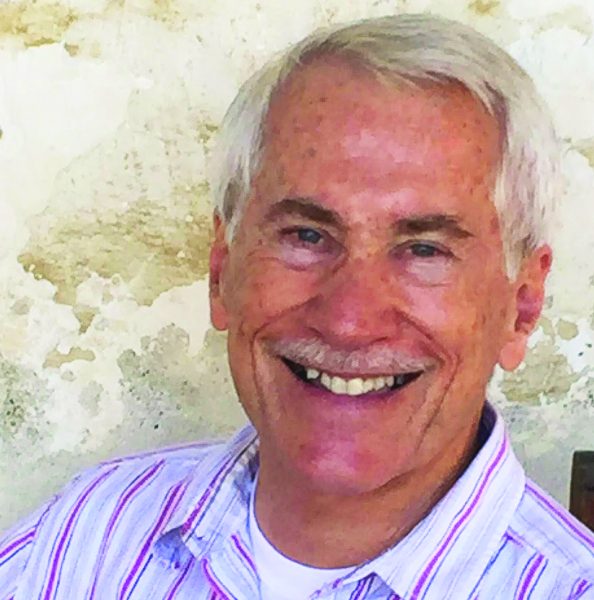 By Russ Gerber
By Russ Gerber
Soon after departing Houston International Airport, we hit severe turbulence. The pilot came on to warn that because we had to pass through a storm front, the rough ride would last another 30 minutes. But not to worry. “Think of it as a car traveling on a bumpy road,” he said. Unfortunately, it’s jostling, but the plane is in no danger from it.”
I’d heard this reassurance before, but it must have been a big first for the woman sitting across the aisle from me. She sighed with relief. The white-knuckle grip of worry was gone for the rest of the ride.
Too bad that’s not the trend everywhere else.
Some medical and social experts claim society’s worry about all kinds of things is on the rise. According to one report, it’s reaching epidemic proportions. “The term “worrying” has replaced “thinking,” says clinical psychologist Daniel Peters. That’s disturbing news on both the mental and physical health front.
Yet other experts, together with a lot of ordinary folks, have questions about the source of this spike in anxiety. What they’re suspecting is that worry may be more a deliberate imposition than an accurate impression.
Worry can be used as a tool to sell products or increase ratings, says Peters. It’s a means of influencing public thought and behavior that can have both mental and physical consequences. In his book “Worried Sick,” Arthur J. Barsky, a professor of psychiatry at Harvard Medical School warns: “Consumers are constantly reminded of the myriad health threats, often by exaggeration of the risks involved, and then convinced of the necessity for products and services to protect them.”
In a conversation I had with him some years ago, he echoed a point he makes in his book: “We seem unable to enjoy our good health…there is a sense of “disease” in the air.”
If scare tactics concern you and you want to defend yourself, that’s as it should be, says physician David Katz. “For those of us not wanting to figure among the victims of this prevailing mischief,” he writes, “there is a need for self-defense.”
The information we access on our smartphones may not be as smart or frightening as we’re led to believe.
Where does self-defense come into play? Between the aggressive mix of news, advisories, warnings, and concerns being sent and received every day, people on the receiving end should pay attention to their responsibility as gatekeepers. The ability to accept or reject, embrace or question what we’re asked to believe, no matter how convincing the message appears, is squarely ours.
This reminder isn’t new. Back in the days of prehistoric media—no internet, email, or television—the author of “Science and Health,” Mary Baker Eddy, noted: “The press unwittingly sends forth many sorrows and diseases among the human family. It does this by giving names to diseases and by printing long descriptions, which mirror images of disease distinctly in thought.”
Fear-mongering wasn’t as prevalent in the late 19th century as it is today, but that didn’t stop her from warning readers: “Stand porter at the door of thought.”
Times certainly have changed, but the warning seems as relevant as ever. Porters back then stood ready to open and close physical doors. In today’s hyper-media world, we need porters of the mind who know when it’s good to have an open mind and when it’s wise to keep the mental doors shut.
Russ and his wife moved back home to Southern California after working in Boston as the media manager for the Christian Science church. With a background in publishing, most of his time is spent writing, reading, volunteering and grandparenting.




